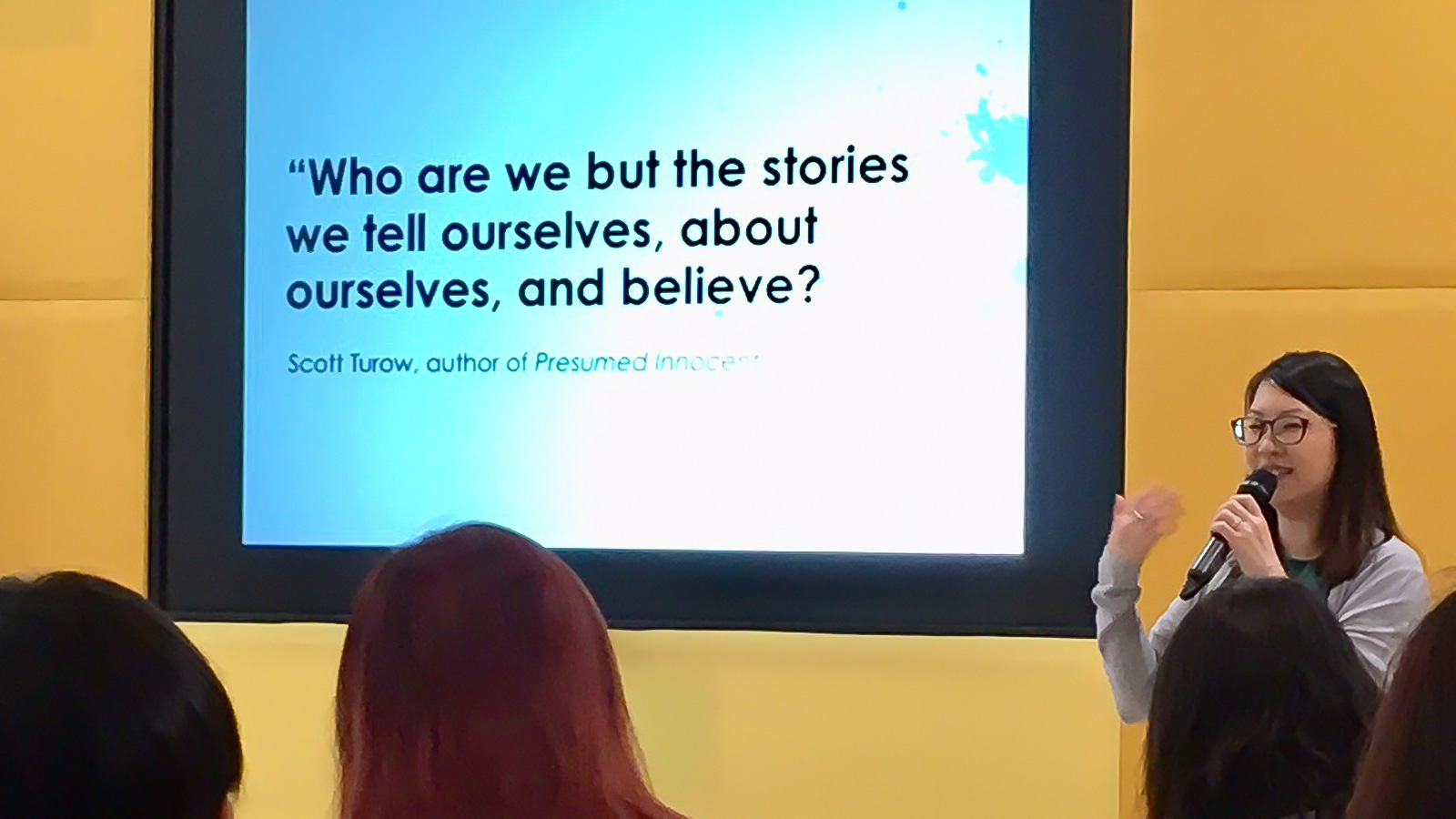I was a clumsy kid.
I don’t recall a period where I wasn’t either nursing a bleeding knee or a swollen ankle. I sprained my ankles so often that I could pinpoint the severity of the sprain just by looking at the colour of the veins around the site of the swell.
This cycle of instability started when I was walking along a narrow footpath and my foot slipped off an insignificant one-inch drop between concrete and grass. My left ankle doubled in size and my father, a traditional Chinese man who believed in no pain, no gain, took 17-year-old me to see the sinseh.
At the TCM hall, I remembered being intrigued by this ancient-looking scale which was a wooden beam balanced by a weight on one end and a pan of herbs on the other.
Like that medicinal scale, our mental health shifts and pivots according to the weights of our biology and biography – a confluence of external circumstances and life events.
During the circuit breaker, many of us were forced to reckon with a world tilted on its head, thrown off-kilter by Covid-19 and its effects. In this new normal, what happens when we are displaced from our usual routines and contexts? What do we do when the lines between work and play converge? And how do we meaningfully connect with one another with social distancing measures?
Mental health is intrinsically tied to our sense of self. Our mental state colours the way we perceive the world, the way we relate to others, and how we determine meaning and self-worth. Therefore, in a desperate attempt to recalibrate our sense of self, we grasp at the unravelling strands of normalcy during such shaky times.
We drive ourselves to be productive when we work from home or go through home-based learning, determined to emerge from this pandemic better, smarter, faster, fitter. Online courses. Exercise. Baking. Gardening. Comfort food. Anything to stem the fear, anxiety, isolation and disconnect from others.
I am a person who lives with depression and anxiety. For a period, I was homebound because of crippling anxiety and the sheer weight of depression. The Internet became my only window to the outside world.
Covid-19 has made me relive those years.
I remember feeling as if danger lurked everywhere, that the “outside” was unsafe and suffocating. So I isolated myself because I was already feeling disconnected from everyone else. At the same time, I constantly battled a sense of being unable to catch up with society and questioned my worth. So I did whatever I could to present that semblance of normalcy to people I knew.
I was lying to myself.
Difficult journey
After graduating in 2006, I struggled with transitioning from student to working adult.
Despite my honours degree in management with a focus on human resource and social psychology, I was unprepared for the stark transition from school to work in the banking industry. Staying in office until 9pm became the norm. I dreaded each day and braced myself for verbal abuse and petty politics.
My body began breaking down. I saw the GP every other week for gastric issues or colds. My throat was so raw from coughing that each breath would send me into a coughing fit.
I had nightmares and grew increasingly anxious at the thought of going to work. It came to a point when I could no longer control my tears. I remember sitting at the bus stop, crying and feeling embarrassed and ashamed. Here I was, a fresh graduate in her brand new G2000 blouse, matching skirt and heels, crying uncontrollably in public.
Instead of going to work that day, I visited the GP. That was when the doctor tentatively asked if there was a history of mental illness in my family.
Yes, I replied, softly.
Other stories you might like
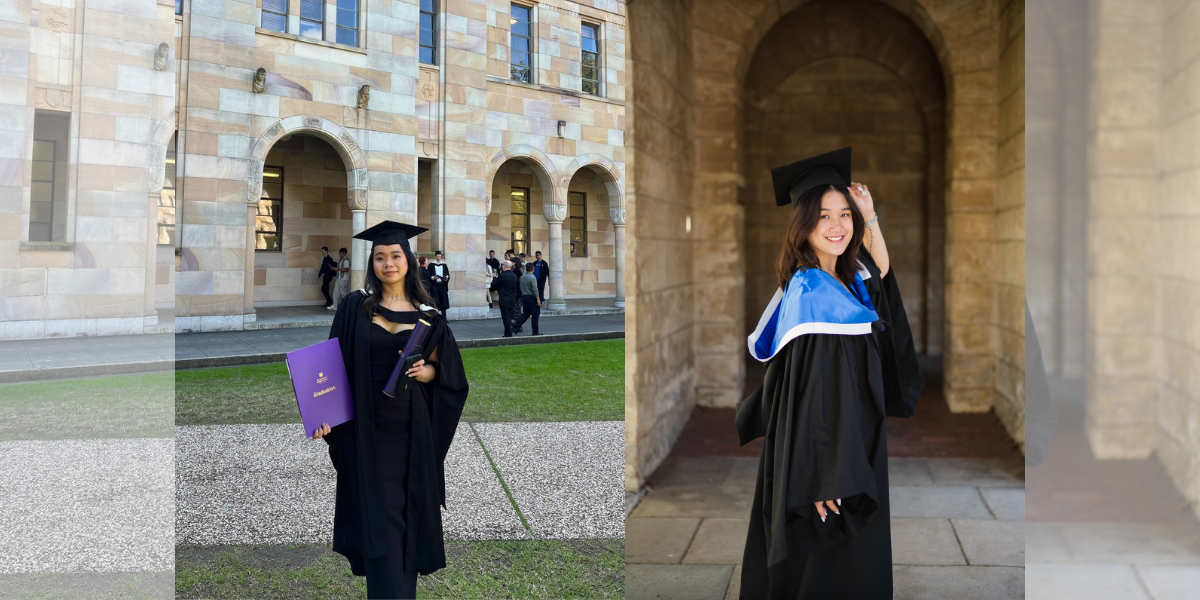
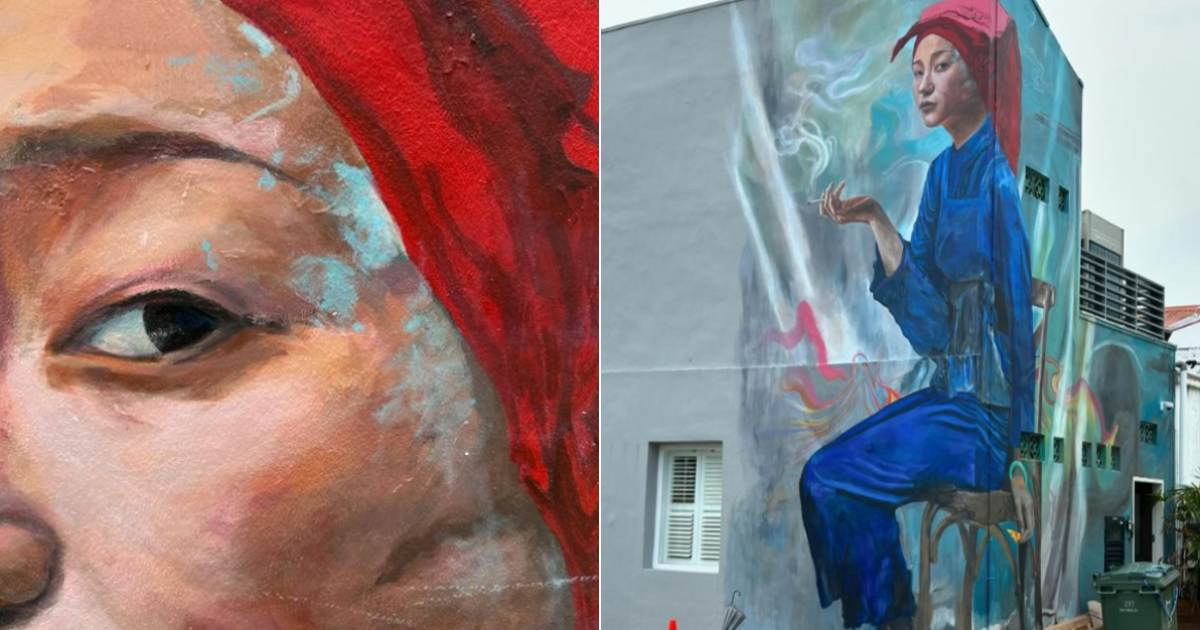
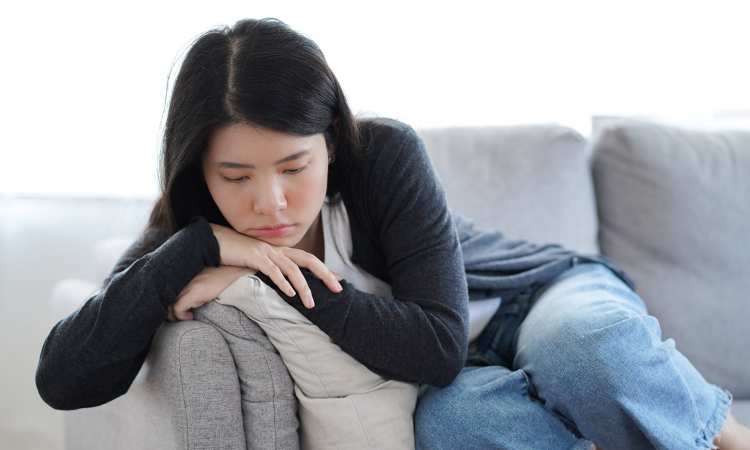
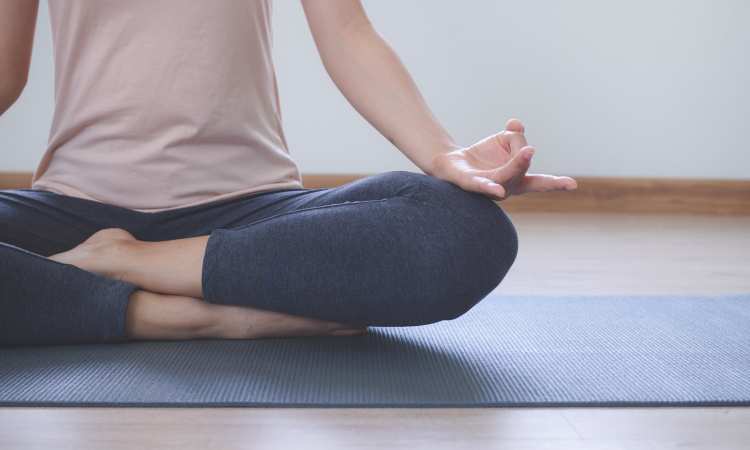
Two weeks before my 24th birthday, four months after starting work, I was diagnosed with Major Depressive Disorder and Generalised Anxiety Disorder.
I quit a month later. I had lost 10kg by then.
My personal life was tumultuous as well. Before I quit my job, my boyfriend proposed. This joy was short-lived because my parents divorced soon after.
Friends noticed the physical change in me. I laughed away my sudden weight loss, saying that it was for our wedding the next year and I wanted to fit into the dress. After all, losing weight for a happy occasion seemed more socially acceptable.
Beneath the laughter however, I was in fear – would my marriage fail? Would my future in-laws accept someone jobless and with a mental health diagnosis?
Am I broken? Did I not try hard enough? Am I weak, a disappointment and a failure?
The thoughts kept swirling in my head. I withdrew from people because it became too hard to pretend all was well.
It was a perfect storm of personal and professional chaos. I was unable to find my footing. I became unmoored in my sense of self and sank fast despite my best efforts to stay afloat.
I went to a psychiatrist for the first time. I was determined to get “fixed”. It turned out to be a dehumanising experience; something that made me swear off medication until much later on.
For the next four years, I went on a desperate quest for self discovery. I sought out counselling, self-help books, Eastern and Western medical supplements, exercise, diets. I even returned to school and earned a graduate diploma in psychology.
It didn’t help.
By 2011, the depression and anxiety had worsened to a point that I was contemplating ending it all. Perhaps it was divine intervention that saved me. I told myself that I would give medication one last try. This second psychiatrist was experienced and took efforts to explain how medication worked. For the first time, I felt like a person, not a case or a statistic.
This marked the beginning of my long, winding journey to recovery.
I complied with my medication, kept my appointments and communicated openly with my doctor about the side effects. I read all I could about depression and anxiety. I started seeing a therapist. She has been crucial to my survival, even till today.
My husband never gave up on me. I’d share with him how my therapy sessions went and we worked out how to manage situations and identify my triggers. He taught me what it means to truly love someone, in sickness and in health.
In those times of turmoil. I found solace in words. Journalling, in particular, was something I turned to during those painful times.
I found strength to get back into society. In 2012, I decided to volunteer as a therapy dog handler. That was when I stumbled into the world of publishing and landed my first writing gig with an international newspaper. Thus, I embarked on my freelance writing adventure and wrote for SMEs, MNCs and local media.
But I wanted to do more with my writing.
I believed that God could turn my mess into my life’s message. I wanted to turn pain into purpose, to shortcut that process of getting help, to allow other people who struggled like me to be “seen”.
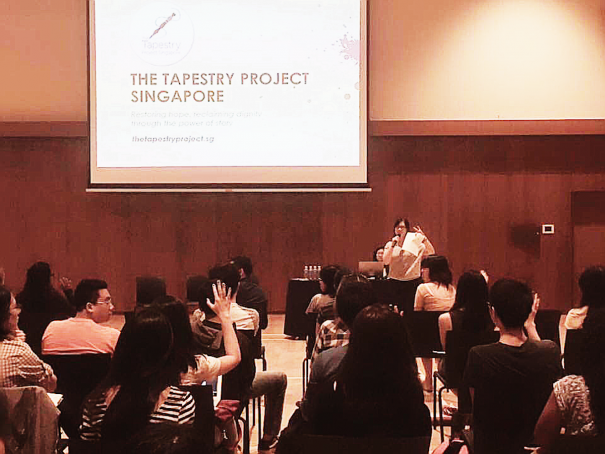
So in 2014, I took that leap of faith and founded The Tapestry Project SG – a ground-up initiative that champions mental wellness and recovery through sharing first-person narratives of struggles and redemption.
Social researcher and author Brené Brown wrote that “owning our story and loving ourselves through that process is the bravest thing that we will ever do”.
I believe that by sharing our stories of vulnerability, we break away from stigmatizing shame and isolation. My goal is to reach someone who was like me, homebound and frustrated. I want to increase access to relatable mental health information and bring together organisations that provide help and the people who need help.
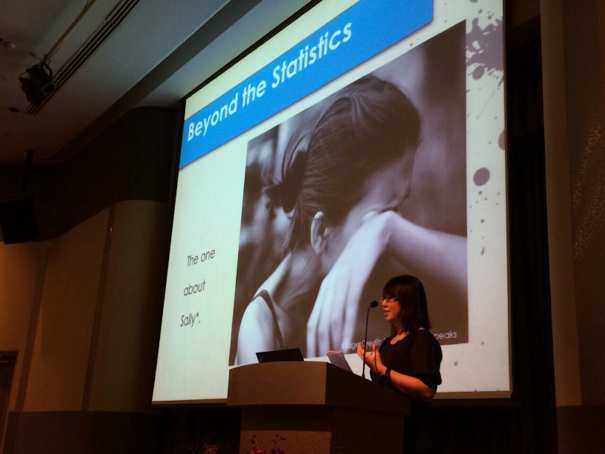
I remember opening up to people about my mental health struggles. One of the first things that people told me was to “do stuff” to cure my troubles: Eat right, sleep well, get enough exercise, pursue some hobbies, look on the bright side.
These responses, to me, parallels our response to Covid-19. Although well-meaning, such “fixes” need to be balanced with vulnerability. Vulnerability is not weakness. On the contrary, the ability to talk about our struggles shows strength and courage.
When we acknowledge our shaken sense of self, our difficulties in adjusting to these sudden changes in work, priorities and relationships, we are building resilience, empathy and kindness. Through this process, we begin to look after our physical and mental health as well as others’.
Recovery is not a linear process. It’s a constant battle to find balance and regain your footing during times of turmoil.
During his speech on the Fortitude Budget, Deputy Prime Minister Heng Swee Keat described “fortitude” as “courage in adversity”. Indeed, we need courage more than ever. We may slip and fumble during these times of instability, but let us hold fast to hope and know that our stories of vulnerability are stories of victory in the making.
You can find more stories of hope and courage on The Tapestry Project SG.
If you like what you read, follow us on Twitter and Google News to get the latest updates.
